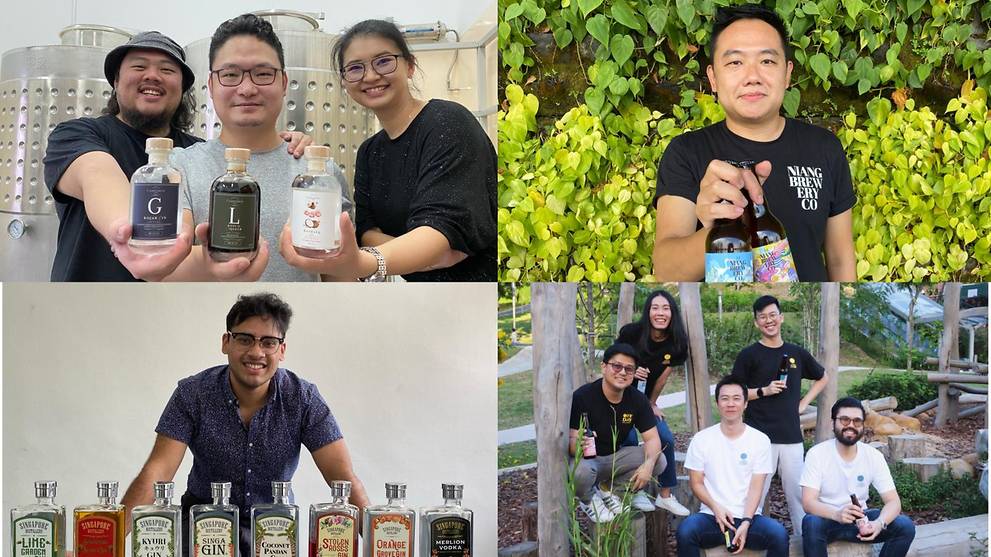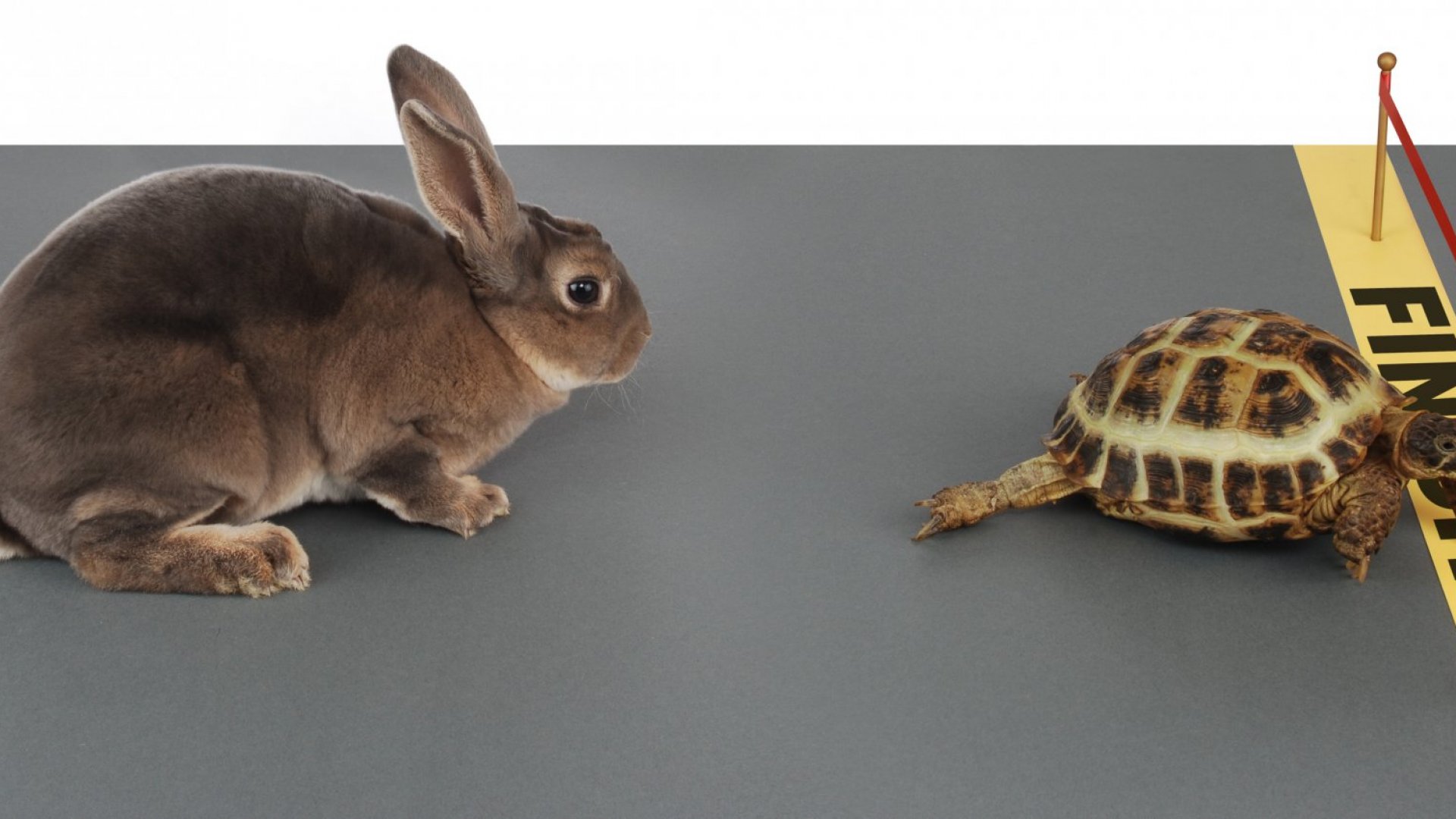
CNA’s recent coverage of craft breweries in Singapore has made one fact clearer than a cold-crashed beer: craft beer brewing is no longer a hobby for many but an opportunity to grow a viable business.
As nascent as the industry is, however, craft beer brewing in Singapore has the potential to be stymied in its infancy.
Two high barriers to entry still exist: an unnecessarily prohibitive cost in licensing fees and an unintended case of Hobson’s choice within Singapore’s microbrewery policies.
An unnecessarily prohibitive cost
From both the article itself, as well as the experience of local microbrewers, the cost of operating a brewery is prohibitive for aspiring entrants to the scene.
To operate a microbrewery in Singapore, one pays a flat fee of $8400 a year to produce up to a whopping 1.8 million litres of beer per annum.
Both figures provide some pause for thought: If Singaporeans imbibe about two litres of alcohol annually, can each microbrewer actually hit its quota and serve 900,000 customers?
This is doubtful; that number is three times more than the 300,000 Singaporeans who are regular drinkers.
Moreover, not only are Singaporeans spoilt for choice with a variety of alcoholic options, both local and foreign; craft beers have a very niche appeal to a limited market segment right now.
Under the current circumstances, the amount a microbrewer could feasibly produce to meet existing demand is probably a hundredth or a thousandth of the existing quota.
So the $8400 licence fee is a higher-than-necessary outlay, given the already restrictive start-up costs in the food and beverage (F&B) industry – equipment, rental, registrations, permits and raw materials, among others.
Even if the intention is economic in nature – to discourage the production of a good deemed harmful to consumers’ health – the excise duty payable on each litre of beer produced already serves this prohibitive purpose.
If existing brewers already feel the financial burn, then what more new entrants into the market?
An unintended Hobson’s Choice within policy
A loosening of these restrictions was made in 2019, when Senior Trade and Industry Minister of State Chee Hong Tat announced an enhanced fee arrangement for new microbrewery start-ups.
It allows them to pay a pro-rated licence fee based on the period of operation of the licence in the first year, subject to a minimum operating period of three months.
Instead of committing to a full annual fee of $8400, new and aspiring microbrewers can pay just $2100 to commence with brewing beer for business.
Therein lies the rub, possibly unintended: regardless of whether the fee is $2100 or $8400, it is still a Hobson’s choice.
In order to even brew one litre of beer for business, new microbrewers must pay $2100 while existing microbrewers fork out $8400 – or forfeit all business brewing eligibility.
At the same time, there is no differentiation between microbrewers who brew 1800 litres, 180000 litres or 1.8 million litres – all are charged the same fee.
To get more bang for their buck, microbrewers would want to brew greater volumes in order to spread out the cost of the licence fee. This would also translate to lower prices for the customer.
But this has to be managed in conjunction with existing demand for their beer, as well as the additional excise duties they pay on each litre of beer brewed.
Nanobreweries: The next phase of craft beer in Singapore
Based on the back-of-envelope calculations provided earlier, microbrewers in Singapore might only be able to manage a production quantity of anywhere between 1800 litres to 18000 litres per annum.
While the figure might be more for some, it is possibly much less than the present quota of 1.8 million litres.
In this case, Singapore Customs could consider how the craft beer scene in Singapore might evolve: by regulating smaller breweries under a nanobrewery scheme.
This would be simple to implement, as it would sit alongside the microbrewery scheme that exists in the present Excise Factory Scheme.
In the US, a nanobrewery can be defined as one that produces 2000 barrels (approximately 234000 litres) of beer per year.
In a Singapore context, a proposed definition of a nanobrewery could be:
A very small-scale brewery that ferments or manufactures beer, where annual production volume is less than 180,000 litres.
A nanobrewery would thus be 10 per cent of a microbrewery’s size.
Next, instead of a flat fee for licensing, nanobreweries could be charged a variable fee between $84 to $840, based on the volume of beer produced per annum.
Again, there is relative ease of implementation, as it would ride on an existing process; the output of microbreweries is already tracked due to the requirement to pay excise duty on the beer produced.
For parity, nanobrewery licencing rates should be commensurate with that of microbreweries.
Since microbrewers pay, by ratio, $84 for every 18000 litres of beer produced, it would be fair to charge both new and existing nanobrewery applicants $84 as their annual licence fee upon first or annual registration.
Thereafter, nanobreweries exceeding 18000 litres of annual beer production would pay $84 for every subsequent 18000 litres of beer produced, up to 180000 litres, or up to $840.
The moment nanobreweries exceed 180000 litres of annual beer production, they would automatically become microbreweries and pay the full $8400 fee.
This table provides a summary:
| Annual Production Volume | Fee (SGD) | Remarks |
|---|---|---|
| First 18000 litres | $84 | To be paid by new and existing applicants as annual licence fee upon first/annual registration. |
| Every 18000 litres thereafter, up to 180000 litres | $84 | To be measured based on volume produced and paid by new and existing applicants along with excise duty payable. Licence fee would be for up to 180000 litres or $840. |
| More than 180000 litres and up to 1.8 million litres | $8400 | Nanobrewers exceeding 180000 litres annual production automatically become microbreweries and pay full $8400 fee. |
Let the beer market decide
With lowered barriers to entry and the rise of nanobreweries, the market will inevitably be flooded with lower quality products at the beginning.
While this is a fear which existing microbrewers have acknowledged, it is a harsh truth for all industries, F&B or otherwise.
Yet, the invisible hand has its way of deciding who should stay and who should go.
A little over a decade ago, a pub in Clarke Quay called Beer Market opened with a unique concept – instead of fixed prices for its beer, prices would vary according to demand and supply.
The higher the demand for a particular type of beer – and presumably, the lower that beer’s supply went – the higher its price would go.
Conversely, beers that weren’t in demand would correspondingly see both their prices drop after a while and consumers taking the opportunity to buy these beers at discounted prices.
The spike in demand for those beers would see their prices go back to normal, while the movement away from the previously popular beers would see those prices go back to normal too, and so on.
While it had its fair share of fans, Beer Market closed around 2015, itself presumably a victim to market forces too.
Likewise, in the case of nanobreweries, even if the prohibitions to enter the brewing industry in Singapore are decreased somewhat, the beer market will ultimately decide which brewers will exit the market.
That should lift the spirits of regulators and hopheads alike as they raise their glasses in cheers to more – and better quality – Singapore-made beers .
